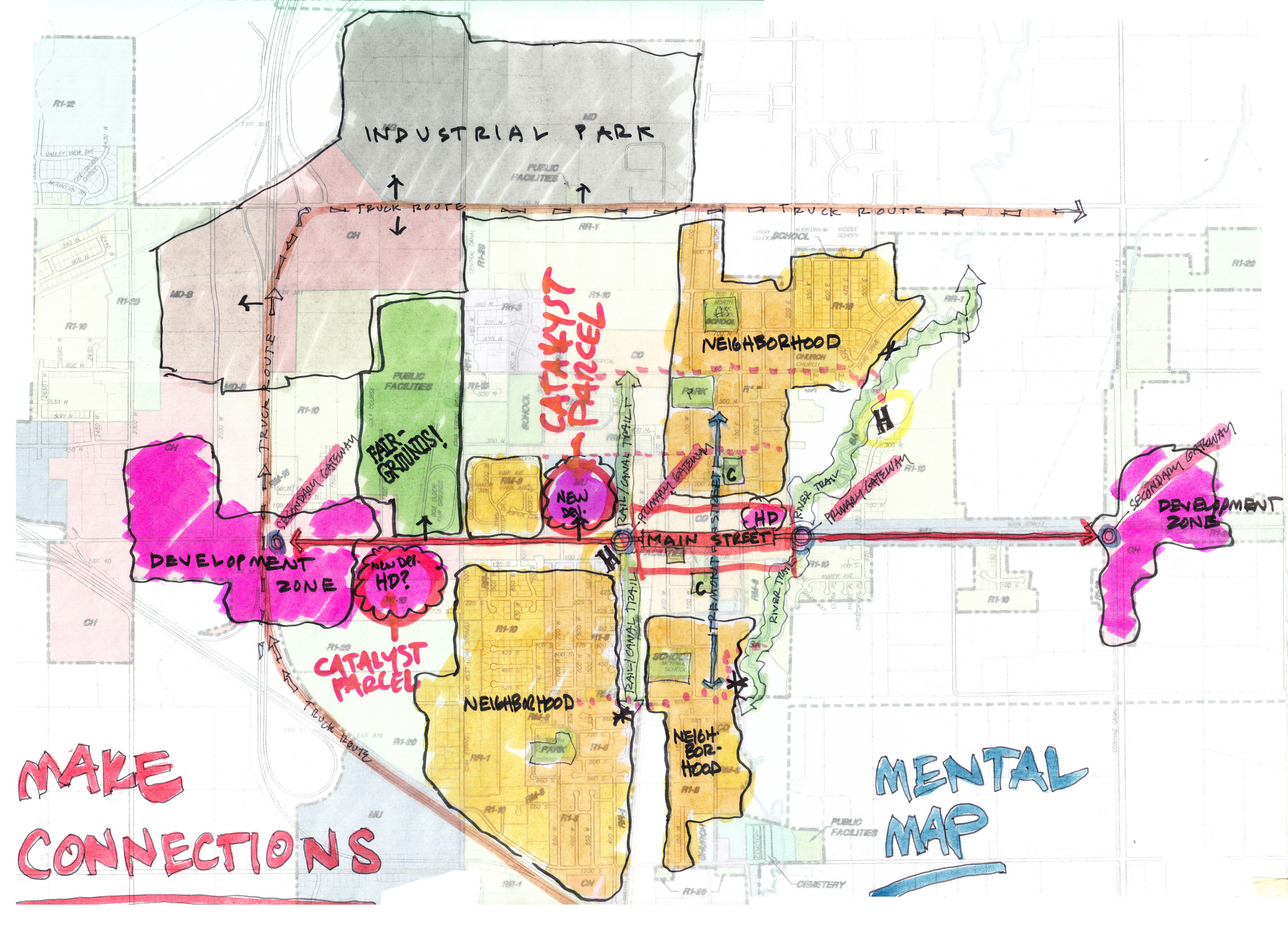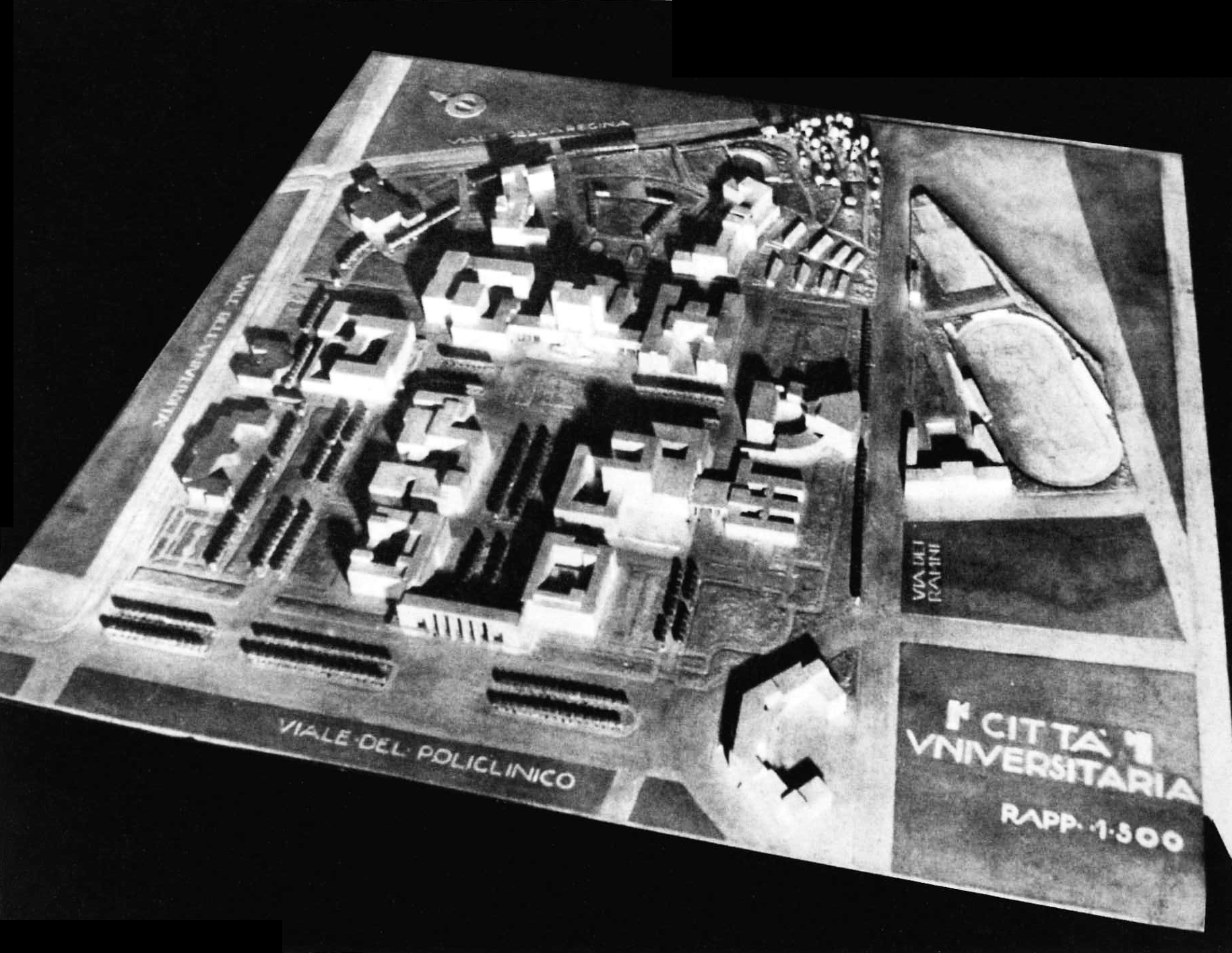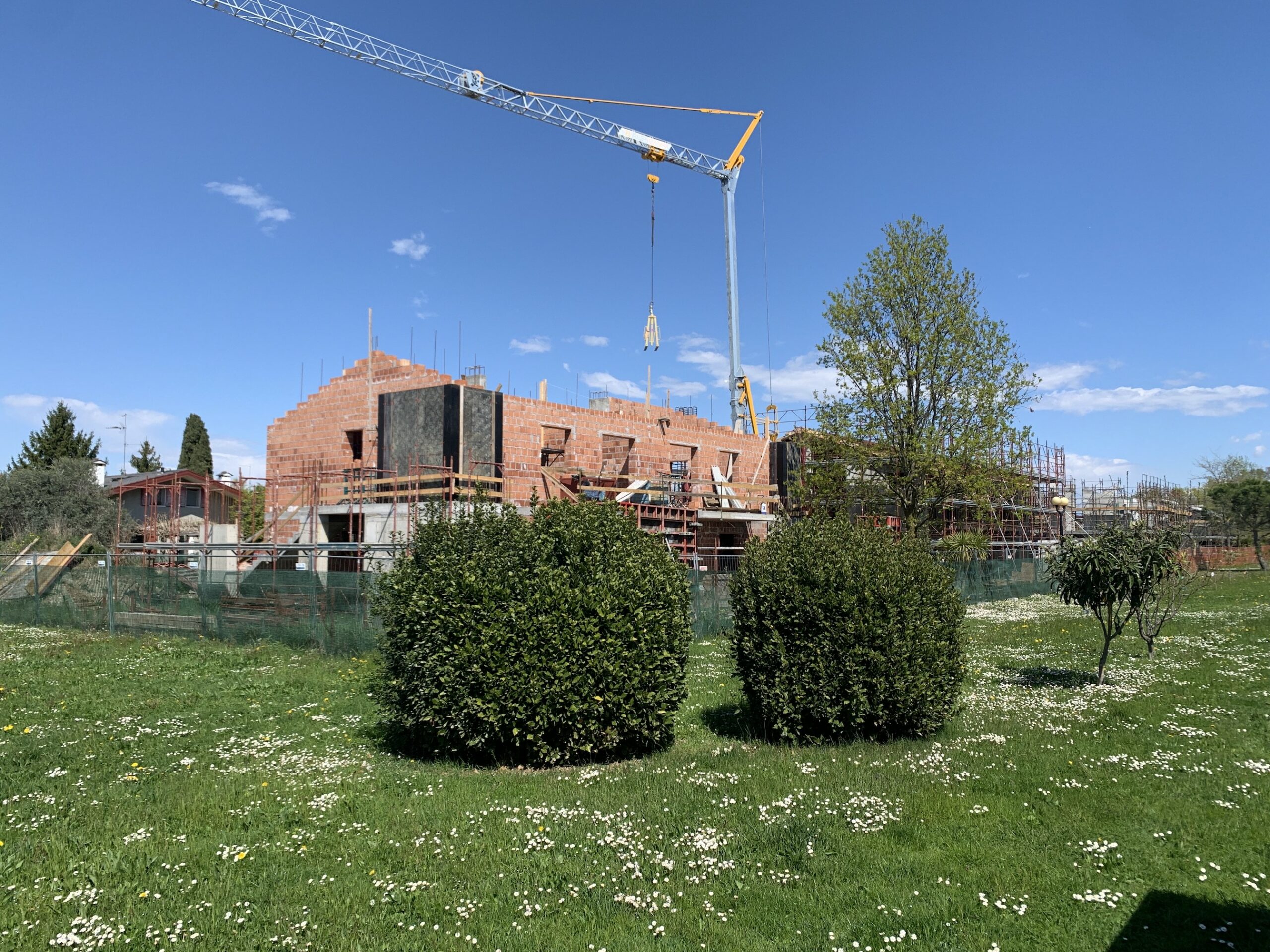Novità in rubriche – Focus
AGAINST METROPOLITAN DISPERSION
Against metropolitan dispersion: a multitude of recognisable situations.
di Mickeal Milocco
In cognitive psychology we encounter countless affinities between mental maps and real maps. Just think of the following keywords, derived and condensed from cognitive theories: “borders, paths, junctions, landmarks and districts” (Costa 2009). The city’s boundaries are lost in countless in-between spaces, that often aren’t re-optimized according to its most typical feature: the transit. Junctions and landmarks join together to engender networks of connections and recognisability in the city itself, making it understandable to the user. Districts, or delimited areas, offer value and mental rest to those who use them.
Whitman said: “Do I contradict myself? Very well, then I contradict myself, (I am large, I contain multitudes)”(Whitman, 1855). These are the same multitudes of the contemporary city: the designer’s task is to overcome this diversity and combine it coherently in the urban context; to engender not dispersion, but spatial multitudes that can be emotionally circumscribed.
Mickeal Milocco was born in Palmanova in 1985. He graduated at Politecnico di Milano and obtained a Ph.D. in Architecture -Theory and Design at Sapienza University of Rome . He currently works at University of Udine as a PostDoc Researcher. He is also Editor in Chief at Uban Corporis Books. He worked in Canada (Montréal) at Relief Design Landscape studio. His research interests are: Urban regeneration, Social and public space, Architectural and urban spatial Theory, Underground infrastructures and architectures, Soil Sub-Soil and Urban Hybridization.






